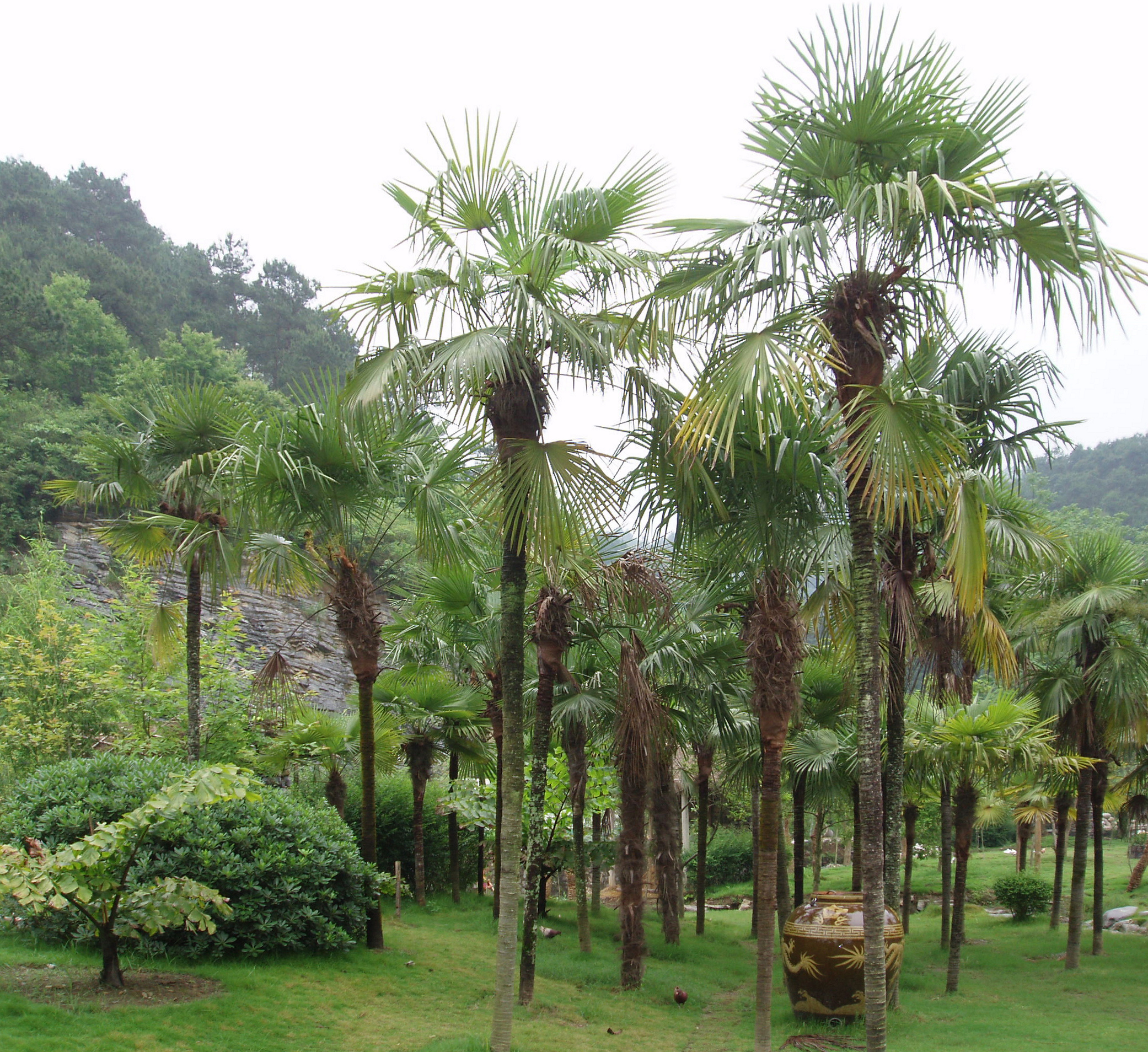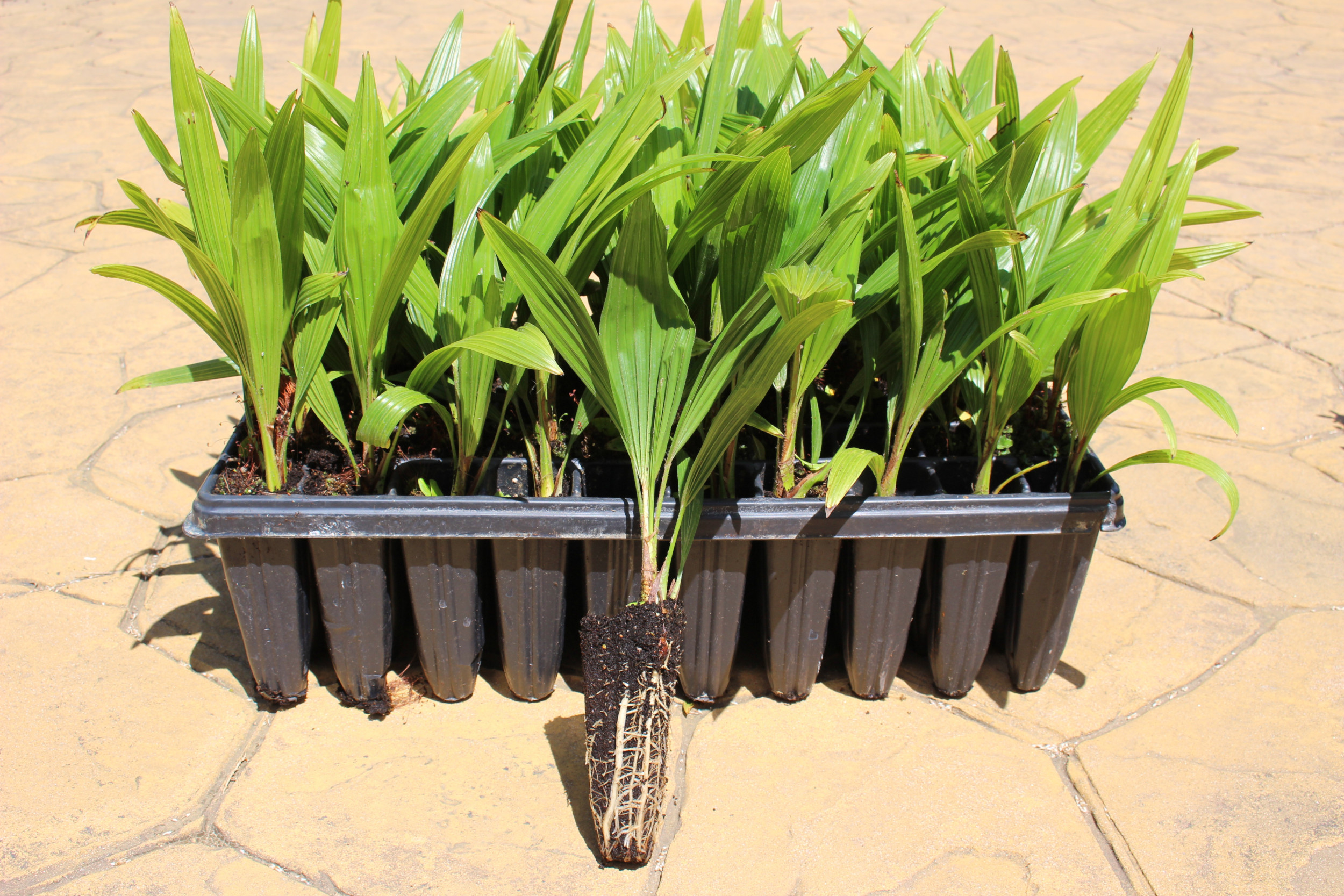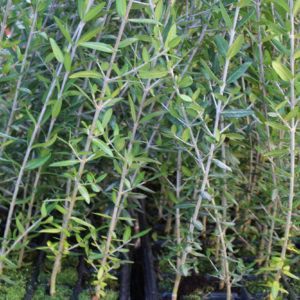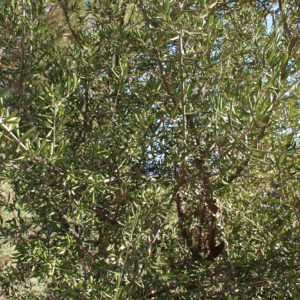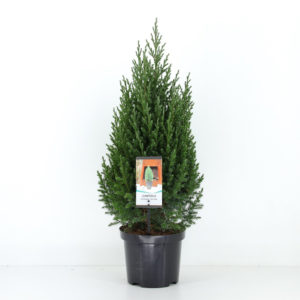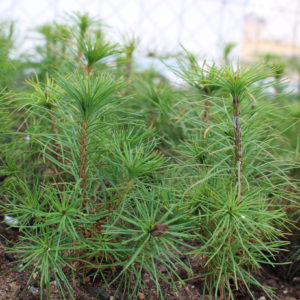Description
Trachycarpus Fortunei, commonly known as the windmill palm or Chusan palm, is a species of palm native to eastern Asia, particularly China and Japan. Renowned for its elegant appearance, resilience, and adaptability, this palm species has earned a special place in landscapes around the world, adding a touch of exotic beauty to gardens, parks, and urban streetscapes.
Botanical Background:
Trachycarpus Fortunei belongs to the family Arecaceae and is characterized by its slender, solitary trunk covered in persistent fibers and fan-shaped leaves that resemble a windmill, hence its common name. This palm species can reach heights of up to 12 meters (39 feet), with a moderate growth rate, making it suitable for both indoor and outdoor cultivation in various climates.
Cultural Significance:
The windmill palm has a rich cultural history, particularly in its native regions of China and Japan, where it has been cultivated for centuries. In Chinese culture, it symbolizes longevity and resilience, often depicted in traditional paintings and poetry. Additionally, the fibers from the trunk of Trachycarpus Fortunei have been used in various crafts, such as rope-making and thatching.
Adaptability and Hardiness:
One of the most notable features of Trachycarpus Fortunei is its remarkable adaptability to diverse environmental conditions. Unlike many other palm species, the windmill palm is highly tolerant of cold temperatures, withstanding frost and snow down to -15°C (5°F) or even lower under suitable conditions. This cold hardiness makes it a popular choice for temperate and subtropical regions, including parts of Europe, North America, and beyond.
Cultivation and Care:
Trachycarpus Fortunei is relatively low-maintenance, making it an attractive option for both novice and experienced gardeners. It thrives in well-drained soil with regular watering, especially during dry periods. While it prefers full sun, it can also tolerate partial shade, making it suitable for a variety of planting locations. Windmill palms are also relatively pest and disease resistant, further adding to their appeal as a landscaping choice.
Landscaping Uses:
The graceful silhouette and tropical charm of Trachycarpus Fortunei make it a popular choice for landscaping projects worldwide. Whether planted as a focal point in a garden, lining a pathway, or adding greenery to a patio or balcony, the windmill palm lends an exotic touch to outdoor spaces. Its compact size and ability to thrive in containers also make it well-suited for urban gardens and indoor cultivation.
Propagation and Growth:
Trachycarpus Fortunei can be propagated from seeds, although it may take several years for seedlings to reach maturity and develop the characteristic trunk and foliage. Alternatively, established specimens can be propagated through division, with the offshoots carefully separated and replanted to establish new plants. With proper care and patience, windmill palms can live for several decades, becoming cherished fixtures in landscapes over time.
Trachycarpus Fortunei, the windmill palm, embodies the perfect blend of exotic beauty, resilience, and adaptability. From its origins in eastern Asia to its widespread cultivation around the world, this majestic palm species continues to captivate gardeners, landscapers, and nature enthusiasts alike. Whether gracing urban streetscapes or lush tropical gardens, the windmill palm stands as a testament to the enduring allure of palms and the natural world.
Scientific name: Trachycarpus Fortunei
Common name: Chinese windmill palm, Chusan palm
Origin: Spain
Height of growth: Up to 12 metres
Hardy: Yes up to -15°C
Heat sensitive: No
Sensitive to wind: No
Plant height: 25 cm
Additional information
| Weight | 0,33 kg |
|---|---|
| Dimensions | 15 × 15 × 30 cm |
